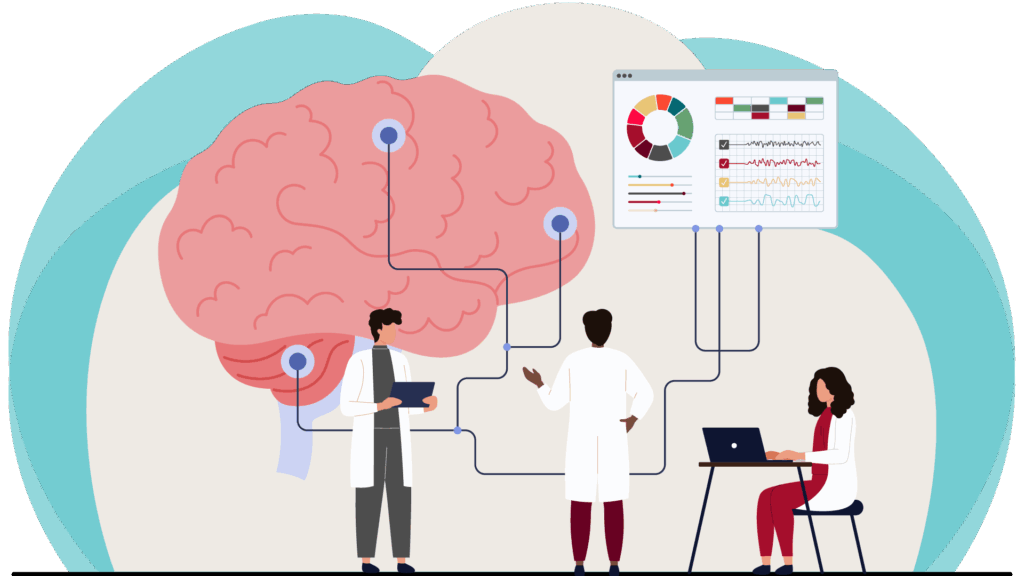Physiology

Intro Physiology resources Physiology and anatomy of the hypothalamus and pituitary Library resources LibGuide Library Resources for Medicine: Physiology
Case Study: Raul, Part 4
One year later You are fortunate to have matched in a residency program in the region where you did a lot of your training. Having spent four years here, it feels like home. At the local market, you run into Ray, who you’ve not seen since your last rotation at the Federally Qualified Health Center […]
Case Study: Raul, Part 3
Admitted to the hospital You notice that some of the labs previously ordered in the ED are now available. Also, given your experience with the virtual translator, you decide to improve your Spanish. Labs Hypersensitivity pneumonitis Ab panel, IgG HIV AG/AB, 4th Gen, Reflex Streptococcus pneumoniae Ag, urine Cultures Culture, Wound, smear Culture, AFB smear […]
Case Study: Raul, Part 2
Emergency department Based on the patient’s H&P and labs, the ED attending recommends admission and further work-up. You are a fourth-year medical student on your hospitalist rotation when you receive a call from the ED to admit a “32-year-old Hispanic AMAB, who presented to the ED with a 2-month history of cough, occasional fevers, and […]
Case Study: Raul, Part 1
You are a fourth-year medical student doing your hospitalist rotation at Astria Sunnyside Hospital with your preceptor, Dr. Jones. Dr. Jones asks you to evaluate Mr. Raul Abascal in the Emergency Department. Tap to view the case. Ray’s background Raul is a 32-year-old male who prefers to be called Ray. He was born in the […]
Nervous System—Draft

Welcome to the Nervous System block of FMS 512! For the 2025–2026 school year, Shannon Brodersen, MD, and Kimberly Honn, PhD, have teamed up to co-direct and redesign the section. We have made changes based on student and faculty feedback from previous years, including beginning the block with a strong foundation of basic science—neuroanatomy including […]
Neuroanatomy

The material contained in the Nervous System volumes on the Medicine Digital Learning site addresses fundamental concepts of Neuroanatomy and Basic Neurology that will serve to reinforce the content in FMS 512. These resources are supplemental but succinctly organized and include: A review of nervous system development starting with neurulation, neural crest formation, and partitioning […]
Overview of the neck viscera; thyroid and parathyroid glands
Optional reading Moore, Clinically Oriented Anatomy, 7th ed., Viscera of neck section through Nerves of parathyroid glands. In thinking about the overall architecture of the neck, it can be organized into 4 units: 1. Visceral unit The visceral unit contains the neck’s visceral organs (the focus of this chapter). It is located anteriorly. 2. Vertebral […]
Icon samples
Icon uses AI alert/warning PPT: all gender books and articles causes/etiologies classification class (session) clinical guidelines clinical presentation communication activities (CBL) demographics diagnosis differential DNA downloadable epidemiology/causality goal PPT: group activity PPT: high value imaging information/definition learning objectives management/treatment medication nerves (autonomic, motor) nerves (sensory) note note (footnote) PPT: open book pathophysiology pharmacology physiology prognosis […]
Case-Based Learning (CBL) workflow: 2025
CBL roles Case reviewers (facilitators and system leads) Digital publishing (Heather Jansen) Distribution (James Henderson: Jamf and E.Flo MD posting; Jeana Stampfly: Facilitator emails) CBL director (Kimberly Beine) Pre-Clerkship directors (Rachel Larson) Facilitator note-keeping (Jeana Stampfly) CBL resources Case Drafts Library Case Edits folder Asana board CBL Slack channel Slack help CBL Facilitator Guide CBL […]